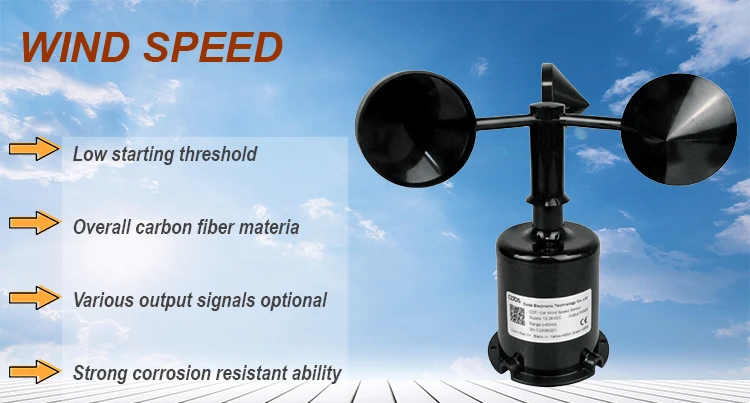Anemometer: Instrument to Measure Wind Speed

。
# Anemometer: Instrument to Measure Wind Speed
## What is an Anemometer?
An anemometer is a meteorological instrument specifically designed to measure wind speed. This essential tool plays a crucial role in weather forecasting, aviation, marine operations, and various industrial applications where wind conditions are critical.
## Types of Anemometers
### 1. Cup Anemometers
The most common type features three or four hemispherical cups mounted on horizontal arms. As wind blows, the cups rotate, and the speed of rotation correlates with wind velocity.
### 2. Vane Anemometers
These combine a propeller with a tail fin that keeps the device oriented into the wind. The propeller’s rotation speed indicates wind speed.
### 3. Hot-Wire Anemometers
Using electrically heated wires, these measure how quickly the wind cools the wire to determine speed. They’re particularly useful for low wind speeds.
### 4. Ultrasonic Anemometers
These advanced models use ultrasonic sound waves to measure wind speed and direction without moving parts, making them more durable in harsh conditions.
## How Anemometers Work
The basic principle involves converting wind’s kinetic energy into measurable mechanical or electrical signals. For cup and vane anemometers, rotation speed is translated into wind speed through calibration. Digital models often use sensors to count rotations per minute and calculate corresponding wind speeds.
## Applications of Anemometers
Anemometers serve numerous important functions:
- Weather stations for meteorological data collection
- Aviation for airport wind monitoring
- Marine operations for sailing safety
- Wind energy assessment for turbine placement
- Industrial ventilation system monitoring
- Environmental research and pollution studies
## Choosing the Right Anemometer
When selecting an anemometer, consider:
– Measurement range needed
– Environmental conditions
– Required accuracy
– Portability needs
– Data recording capabilities
– Power requirements
Modern anemometers range from simple handheld devices to sophisticated permanent installations with remote monitoring capabilities. The choice depends on your specific measurement needs and operational environment.
## Maintenance and Calibration
Regular maintenance ensures accurate measurements:
- Keep moving parts clean and lubricated
- Check for physical damage
- Verify calibration annually
- Protect from extreme weather when possible
- Follow manufacturer’s maintenance guidelines
Proper care extends the instrument’s lifespan and maintains measurement reliability, which is crucial for safety-critical applications like aviation and severe weather monitoring.
Keyword: instrument measure wind speed